Equipment
How TaylorMade designs its next set of irons
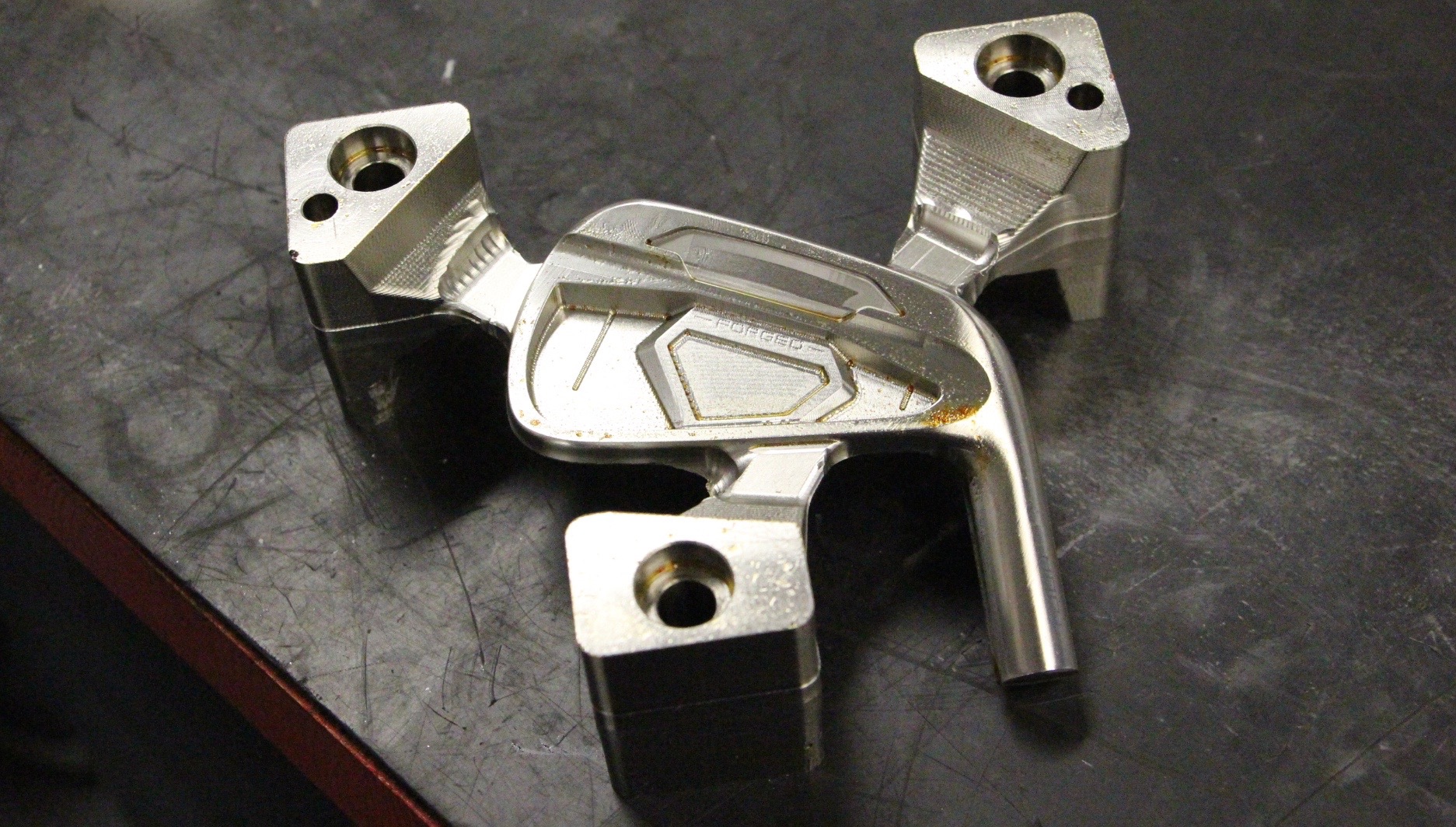
Golf clubs are scattered everywhere inside TaylorMade Headquarters. It doesn’t matter what you do for the company; it’s a safe bet wherever you sit there’s a golf club within arm’s reach of your desk. Tomo Bystedt’s office is an extreme example. It’s a big space, but more than a dozen oversized TaylorMade golf bags line three walls of the room, most of them filled exclusively with irons. Some are from competitors, but most are TaylorMade irons from the past 15 years. And in the corner, cardboard boxes filled with more TaylorMade irons are stacked one on top of the other, almost to the ceiling.
Like most golfers, Bystedt scours his club collection from time to time in search of inspiration. As Senior Director of TaylorMade Irons, it’s his eye that matters most to every new iron design. He joined the company in 2006. Less than three years later, TaylorMade launched a product that changed the company’s trajectory. They were called Burner ’09 irons, and a case could be made that they were the impetus for the distance-craze that has dominated iron design ever since.
The way Bystedt tells the story, the Burner ’09 irons didn’t succeed just because of the distance they flew. “The performance was already there if you wanted to pay for it to a certain extent,” he said. “We sold $1,300 sets of clubs like RAC CGB that went just as far, but they were really big.” It’s true that most golfers enjoy hitting a 7-iron when their playing partner is hitting a 5-iron from the same distance, but not at any cost. At the time, $1,300 was a lot to spend on a set of irons. Consider the ego, too. Most golfers approach oversized irons like they do a fitness routine on the range. It might help them play better, but they skip it. People will look at them funny.
The Burner ’09 irons sold for just $699 and showcased a progressive design that’s typical now, but wasn’t eight years ago. The long irons were big, the mid irons were palatable and the short irons looked a lot like the the ones the pros play. The design appealed to both good and bad golfers, and as it turned out, members of both groups enjoyed the added distance the irons gave them. It’s one thing to make a great set of irons, Bystedt said; it’s another to make a set of irons that golfers will buy. That’s why the start of the iron-design process is always defining the target golfer. With 35 years of experience, however, TaylorMade rarely starts from scratch. The iron team knows almost exactly how it wants every new iron to look, feel and perform. That’s the easy part. The hard part is figuring out how to do it.
—
Two decades ago, driver heads began rapidly increasing in size. A larger framework and more flexible club face helped engineers expand their “sweet spot.” The benefit was golfers could mishit a drive, and it would fly almost as far and straight as a perfect hit. The same concept is being applied to TaylorMade irons, but is far more challenging to implement. After all, a driver is one club that does one thing; it sends a ball as far and straight as possible. Exactly what defines iron performance is still hotly debated, both inside and outside TaylorMade’s walls. For some, performance is a blend of distance and forgiveness that can be measured on a launch monitor, but the vast majority of golfers evaluate irons less scientifically. The way an iron looks behind a ball, how it feels at impact, how it moves through the turf or how it looks in a golfer’s bag can ultimately be more important.
At TaylorMade, the iron design process officially begins 12-24 months before a set hits stores, but the company’s R&D team is often studying new concepts and technologies years earlier. It’s during the pre-design stages that TaylorMade’s engineers are dreaming up new technologies, and then demonstrating their advantages. The process is faster, more efficient and more accurate than it has ever been thanks to computer-aided design (CAD) tools, allowing the iron team to work on several projects at once: typically six or seven different irons, and multiple new technologies.
Related: Photos of TaylorMade irons from the last 35 years.
TaylorMade’s current best-selling irons are called M2. Their design began with the re-examination of their predecessor, TaylorMade’s RSi 1 irons, with the goal of lowering the center of gravity substantially. The first thing engineers did was “attack” different parts of the iron in CAD, said Bret Wahl, TaylorMade’s Vice President of R&D for Irons, Putters and Wedges. His team worked to remove as much weight from the top of the iron as possible, specifically the top line and the hosel. When Wahl started at TaylorMade 20 years ago, the company was just transitioning its club-design process. Club making was a learned trade at the time, and had designers handcrafting each individual iron, which became a “master” for production.
“It was broad strokes then,” Wahl said. “CAD was helping us learn, but now it’s a very integrated process from start to finish. It drives everything … all the way down to the tools and manufacturing processes.”
When TaylorMade’s design team made the structure of the M2 irons thinner, the sound of the iron changed in step, and not for the better. The problem was expected, though, and much easier to fix than it used to be. Not too long ago in the iron-design process, engineers would have needed to have a prototype iron produced overseas, wait for it to arrive at HQ, and then take it to the range to learn exactly what it sounded like when a golfer hit it. Now, engineers use modal analysis to simulate the vibrations that occur at impact. They know what kind of vibrations create good sound, and getting the proper mix right is key. Audible vibrations, not the ones golfers feel in their hands, account for 90 percent of the “feel” of an iron, Wahl said.
To solve the M2’s sound problem, engineers created a stiff, three-dimensional badge in CAD that dampened vibrations without affecting performance. Every detail was modeled, down to the glue used to secure the badge to the cavity of irons, because the slightest change can have a major impact on the sound, performance and durability. That’s why every day, Bystedt is reviewing design changes with TaylorMade engineers. What he’s evaluating early in the design process aren’t actual irons, though. They’re 3-D printed prototypes made from a lightweight polymer, which are faster and more affordable to produce than metal prototypes. And while Bystedt and the engineering team are tweaking the features of a new iron, a separate design team is working concurrently to make it look cool. “We brief the design team on what we’re making, the technologies and visuals, so they can craft the next cool-looking thing,” Bystedt said. “We tell them, ‘These are the kind of consumers we’re going after. This is the kind of performance we’re seeing.'”
At this point in the process, TaylorMade’s iron team is working with only three irons in a set: a 4-iron, a 7-iron and a wedge, which speeds the process along. It’s much faster to tweak the designs of three iron heads than the usual eight. One thing that won’t significantly change at this point, at least if the irons are to make it to market on time, is the general weighting of the irons. The design team can’t say, “This iron looks so much better when we move weight up here.” The reality is certain technologies aren’t intrinsically good-looking, and they’re often excluded when their impact on performance is minimal.
Bystedt describes iron design as a series of doors, each door leading to the next. “You get through one door, and then there are all these challenges,” he said. “You solve them, unlocking the next door, and repeat the process.” When Bystedt approves an iron design for initial testing, which means a few hundred 4 irons, 7 irons and wedges are made in one of TaylorMade’s overseas facility, it may seem as though the process is essentially complete. That’s far from the truth.
Once the samples return, they’re given to a few different teams. Engineers can finally measure the performance of actual samples, not just computer models, and they check to make sure that all the predicted parameters are inline. Those samples are then passed to the durability team, which has the task of systematically destroying the clubs. “We want to break stuff so we understand how far we can push it,” said TaylorMade’s Matt Johnson, who leads the durability team. A machine rattles clubs viciously in a golf bag, and that may be the kindest test. Irons are exposed to UV light, submerged in salt water and golf-ball cannons fire shots at all parts of the club face in search of weak spots. Still, some clubs do break after they’re released to the public, and to Johnson it’s a good thing. “If no clubs are breaking, we’re not pushing our technology far enough,” he said.
If an iron passes its durability tests, it moves to live player testing. Every month at a remote facility 30 minutes away from TaylorMade HQ, more than 150 golfers test clubs that may or may not become the next big thing. TaylorMade engineers keep data on every tester, so they know if a new iron is doing something special. “That’s when we know if we’ve hit the mark or not,” said Josh Dipert, TaylorMade’s Product Development Manager of Irons. “But that player also knows things we can’t capture. You can’t simulate is how the look of a top line is affecting a player.” The process can be repeated several times as designs are tweaked.
—
You’d imagine there’s a large committee of people making decisions about new products at TaylorMade, but that’s not the way it works. While hundreds of people are ultimately involved in the design of its new irons, and hundreds more actually make them in a manufacturing process that’s far too complex to be covered in this story, a very small group of people are ultimately responsible for shepherding each iron from beginning to end. When an iron design is officially complete, it can be a bittersweet moment for them, especially Bystedt. For years a concept has been explored, which led to a new technology. To implement it, physics, material science and the limits of manufacturing techniques are all battled, along with the question, “Why would someone want to give these irons a hit?”
Then it’s over.
In movie-making, directors say a lot of their favorite scenes are left on the cutting room floor. The same is true for Bystedt and his irons. He really liked something, but it didn’t make sense for the project. He does get a sequel, though.
“A lot of times, it ends up on a future product,” he said with a smile.
Equipment
BK’s Breakdowns: Cameron Young’s winning WITB, 2025 Wyndham Championship

Cameron Young’s WITB from his win at the 2025 Wyndham Championship. Cameron is a Titleist staff player but his bag is definitely filled with some unique clubs. Here are the clubs he used to secure his first PGA Tour win!
Driver: Titleist GT2 (9 degrees, A1 SureFit setting)
Shaft: Mitsubishi Tensei 1K Pro Orange 70 TX
3-wood: Titleist GT3 (15 degrees)
Shaft: Mitsubishi Tensei 1K White 80 TX
Hybrid: Titleist GT2 (21 degrees)
Shaft: Fujikura Ventus HB Black VeloCore+ 10 X
Irons: Titleist T200 (4), Titleist T100 (5), Titleist 631.CY Prototype (6-9)
Shafts: True Temper Dynamic Gold X7 (4-9)
Wedges: Titleist Vokey Design SM10 (48-10F, 52-12F, 56-14F @57), WedgeWorks (60-K* @62)
Shafts: True Temper Dynamic Gold X7
Putter: Scotty Cameron Phantom 9.5 Tour Prototype
Grips: Golf Pride Tour Velvet Cord
Ball: Titleist Pro V1x Prototype
Whats in the Bag
Peter Malnati WITB 2025 (August)
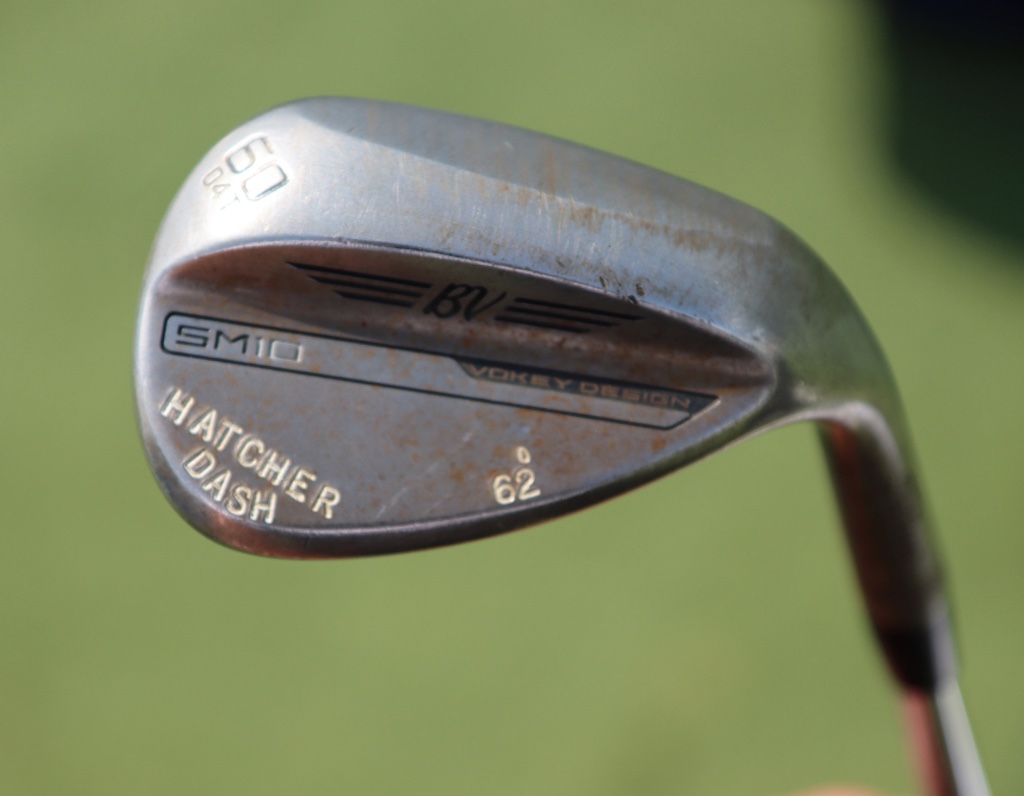
- Peter Malnati what’s in the bag accurate as of the Wyndham Championship. More photos from the event here.
Driver: Titleist GT3 (10 degrees, C2 SureFit setting)
Shaft: Project X Denali Blue 60 TX
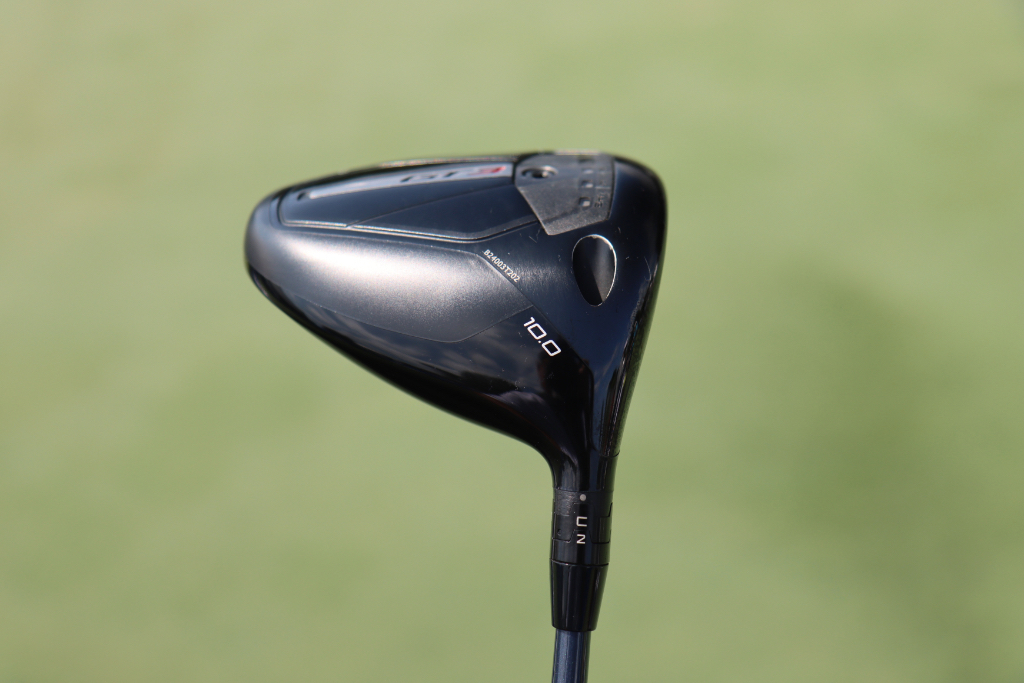

3-wood: Titleist GT3 (15 degrees, A1 SureFit setting)
Shaft: Fujikura Ventus TR Blue 7 X
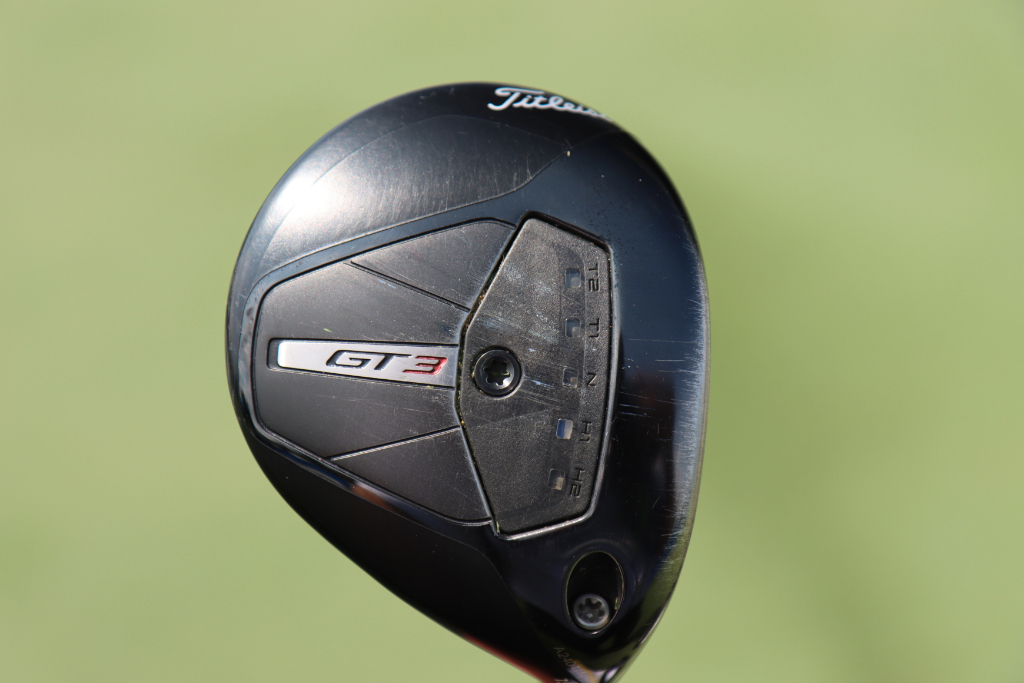
7-wood: Titleist GT2 (21 degrees, D1 SureFit setting)
Shaft: Fujikura Ventus TR Blue 8 X
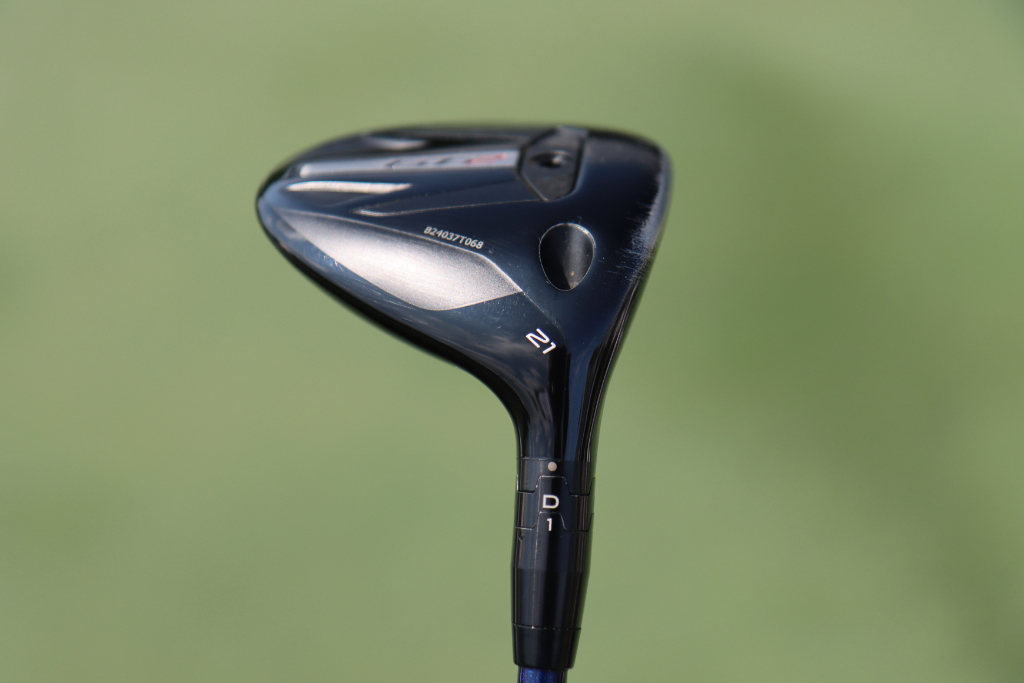
Irons: Titleist T150 (4, 5), Titleist T100 (6-9)
Shafts: True Temper AMT Tour White X100
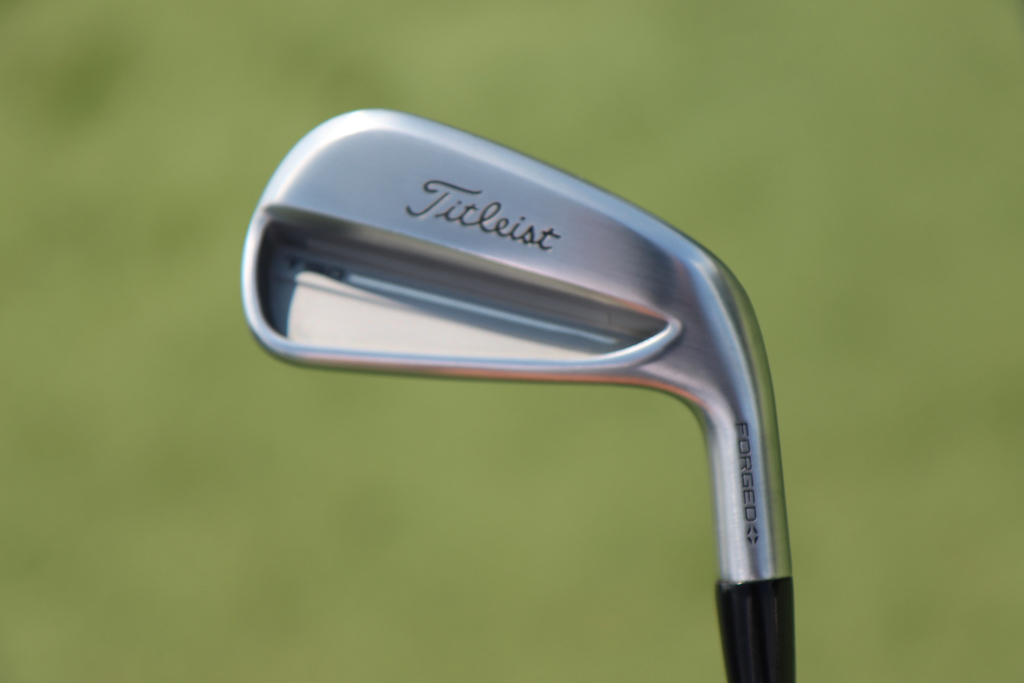
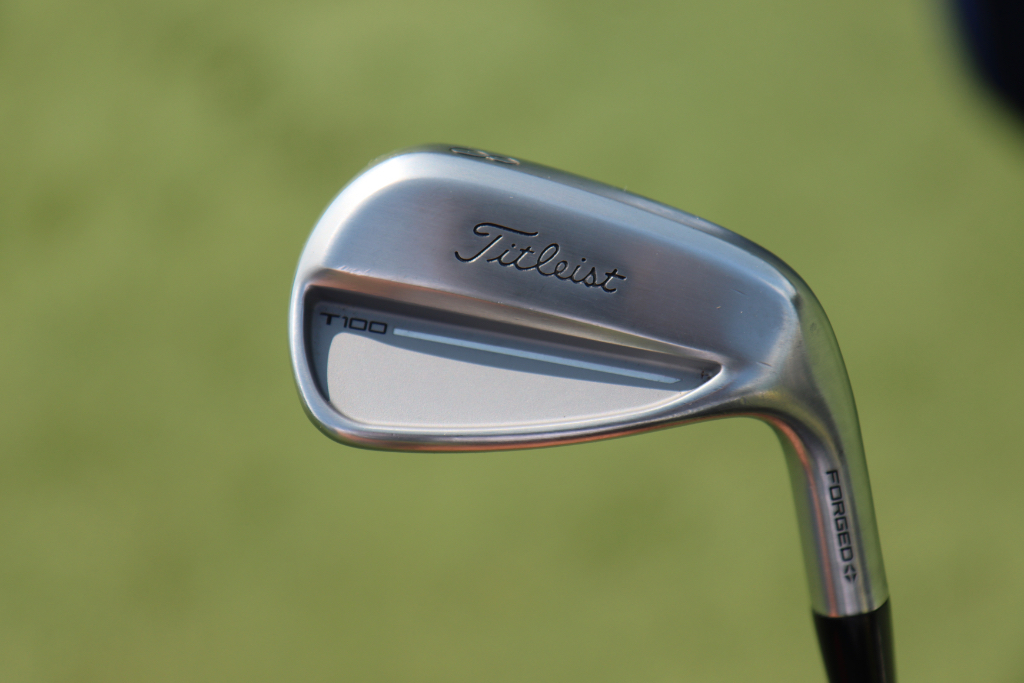
Wedges: Titleist Vokey Design SM10 (48-10F @47, 52-12F, 56-08M @57, 60-04T @62)
Shafts: True Temper Dynamic Gold Tour Issue S400
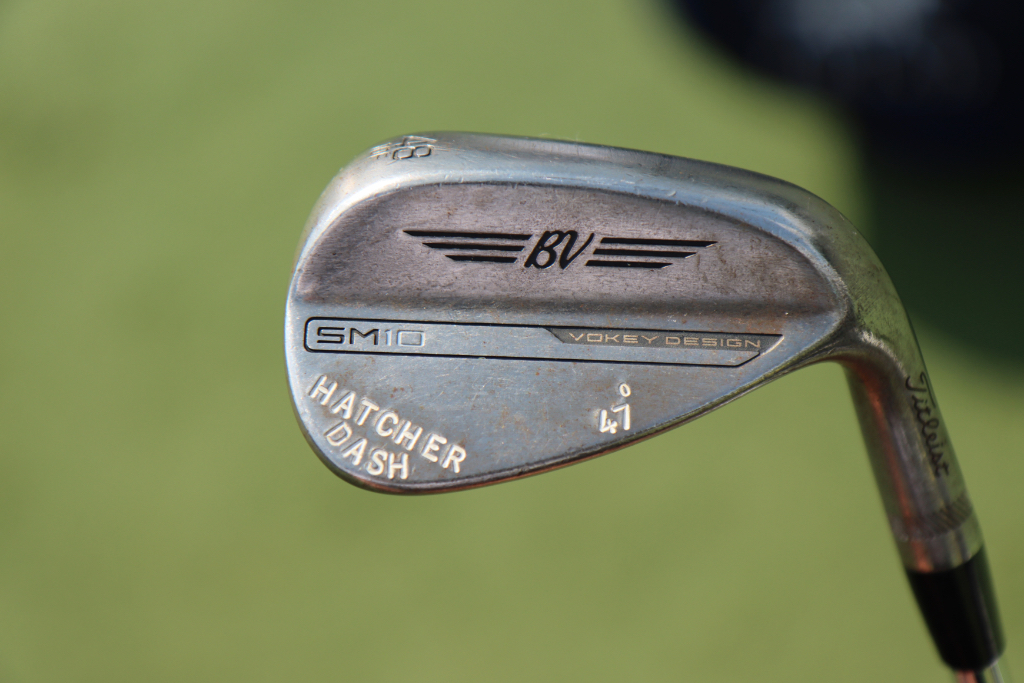
Putter: Scotty Cameron Studio Style Fastback 1.5 Tour Prototype
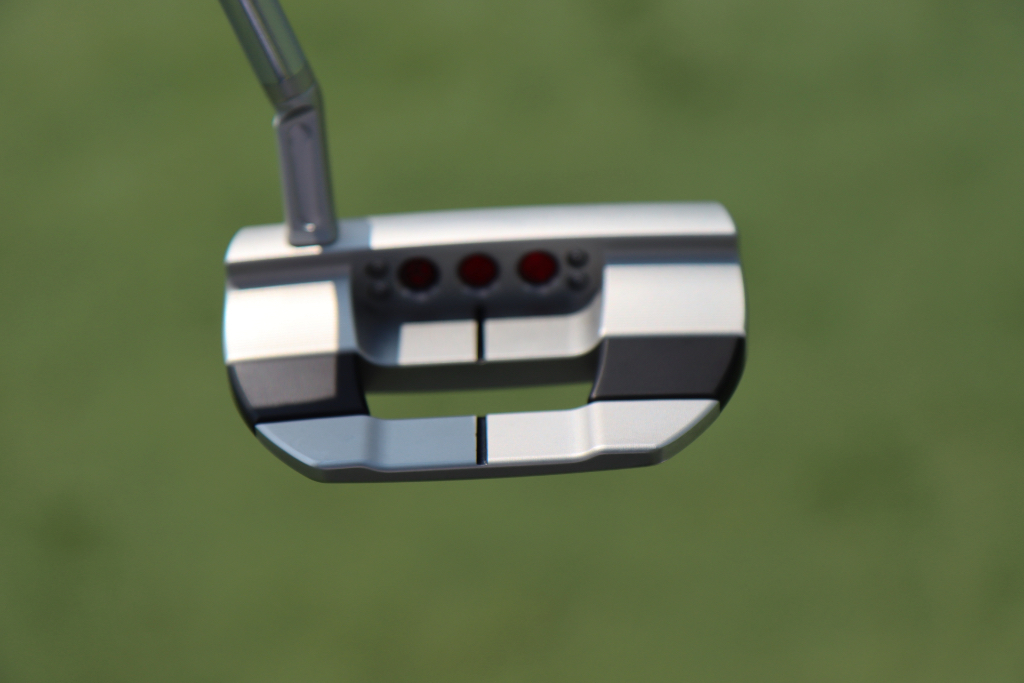
Grips: Golf Pride Tour Velvet
Ball: Titleist Pro V1x Yellow
Equipment
GolfWRX Members Choice presented by 2nd Swing: Best driver of 2025
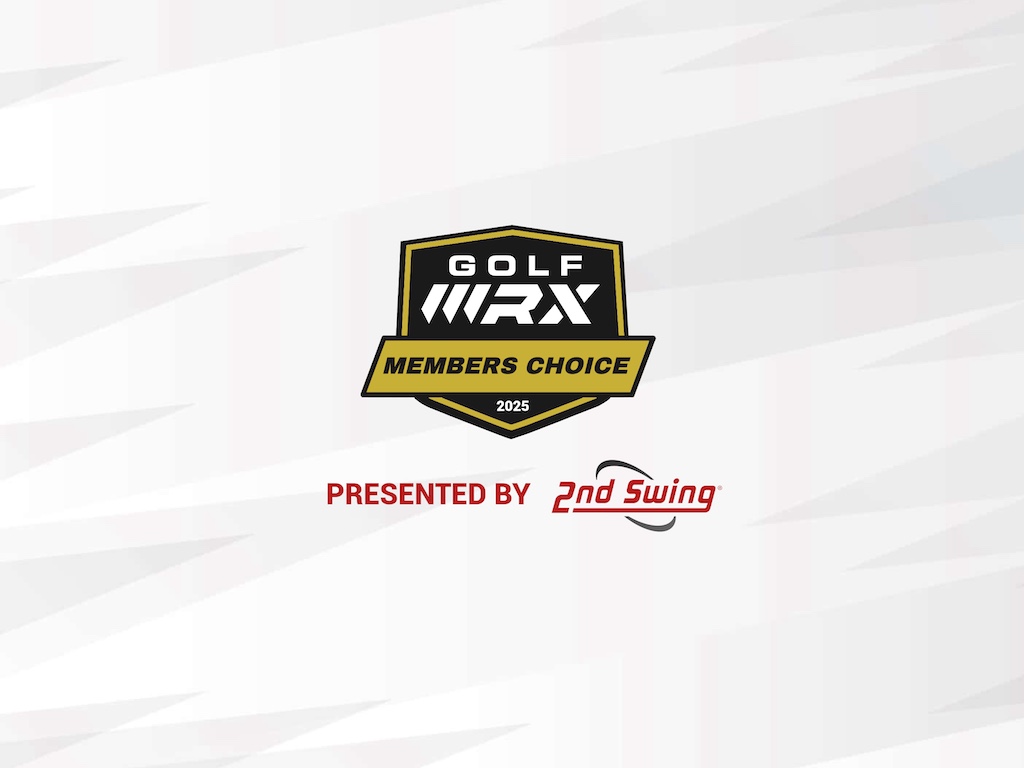
We’re proud to once again partner with 2nd Swing Golf to bring you GolfWRX Members Choice 2025! 2nd Swing has more than 150,000 new and pre-swung golf clubs available in six store locations and online. Check them out here.

What is the best driver in 2025? At GolfWRX, we take great pride in our online community and the cumulative knowledge and experience of our members. When it comes to the best driver of 2025, we want to know what our forum faithful think.
Since our founding in 2005, the bedrock of GolfWRX.com has been the community of passionate and knowledgeable golfers in our forums, and we put endless trust in the opinions of our GolfWRX members — the most knowledgeable community of golfers on the internet. No other group of golfers in the world tests golf clubs as frequently or as extensively, nor is armed with such in-depth information about the latest technology.
Below are the results of GolfWRX member voting for the 2025 best driver, along with the vote percentage for each club.
Best driver of 2025: The top 5
5. Callaway Elyte Triple Diamond: 6.02%
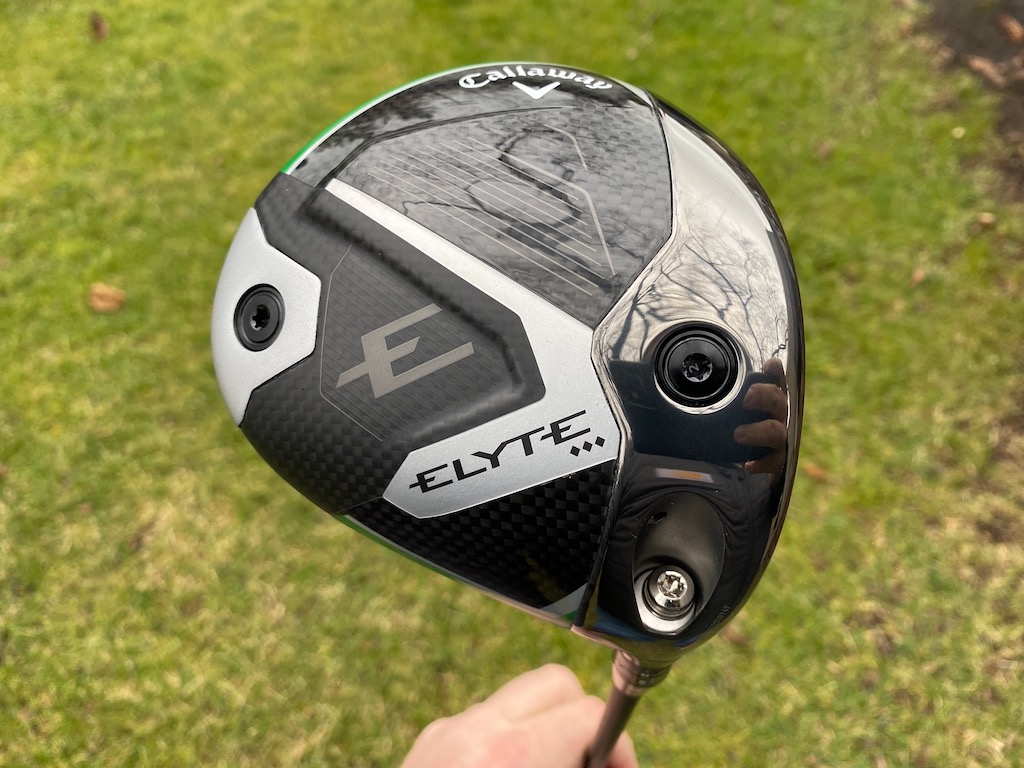
Callaway’s pitch: “For golfers looking for a fast, forgiving, yet workable driver, the Elyte Triple Diamond features a tour-inspired shape and is the preferred model by most Callaway tour players.”
You can read what other golfers are saying about the driver in the GolfWRX forums, and see our launch piece here. Shop the Callaway Elyte Triple Diamond here.
4. Ping G440 Max: 6.86%
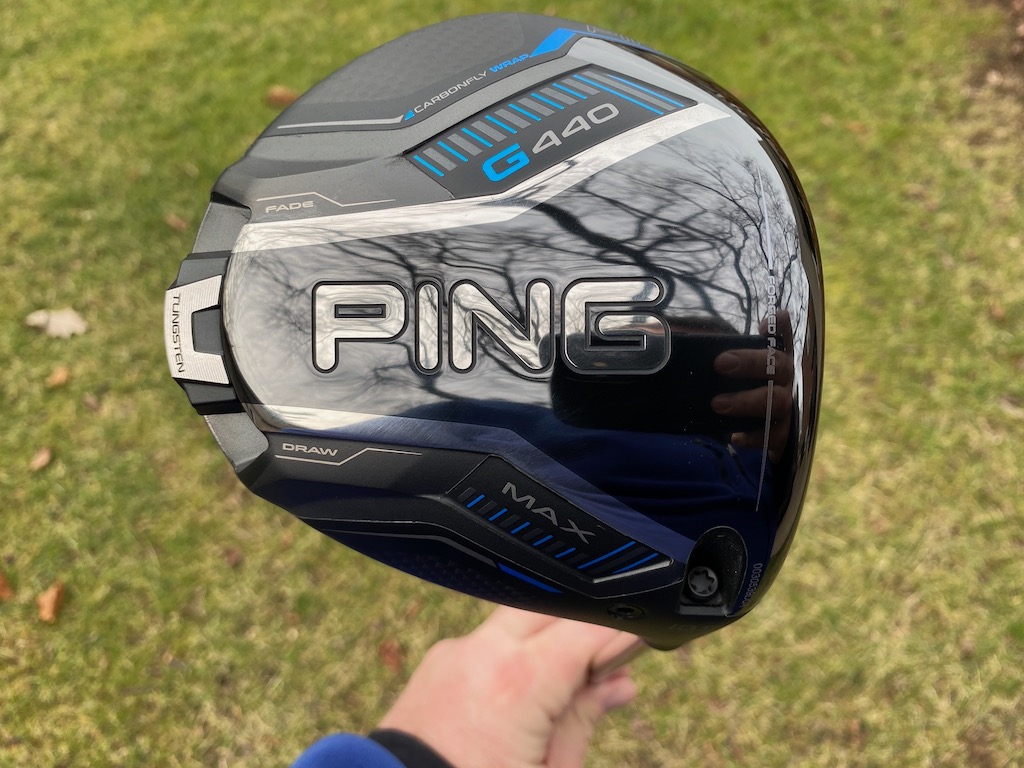
Ping’s pitch: “The most forgiving G440 model, MAX has a hotter face to generate speed and distance, and a lighter overall system weight with a longer shaft (46″) for faster clubhead speed, higher launch and longer carries. The Free Hosel and Carbonfly Wrap crown save weight to create our lowest CG ever and increase forgiveness while contributing to a more muted, pleasing sound.”
You can read what other golfers are saying about the driver in the GolfWRX forums, and see our launch piece here. Shop the Ping G440 Max here.
3. Ping G440 LST: 9.53%
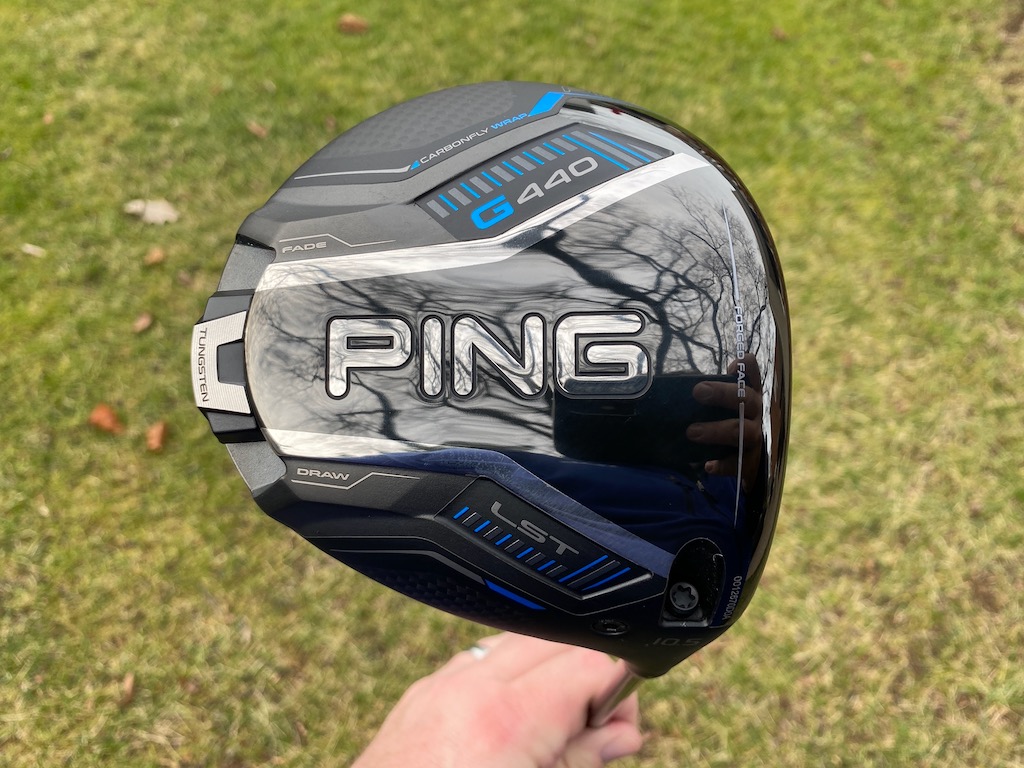
Ping’s pitch: “LST is an especially good fit for faster swings, offering less spin and more control with a penetrating trajectory. A hotter face, lighter overall system weight and longer shaft (46″) deliver more speed and distance while maintaining tight dispersion.”
@phizzy30: “Not a fan of Ping drivers in general, but 440 LST takes the cake. It’s super forgiving across the face for a low spin head, looks and sounds good and the ability to make it play neutral or slightly fade biased through the hosel settings is very appealing.”
You can read what other golfers are saying about the driver in the GolfWRX forums, and see our launch piece here. Shop the Ping G440 LST here.
2. Titleist GT3: 16.55%
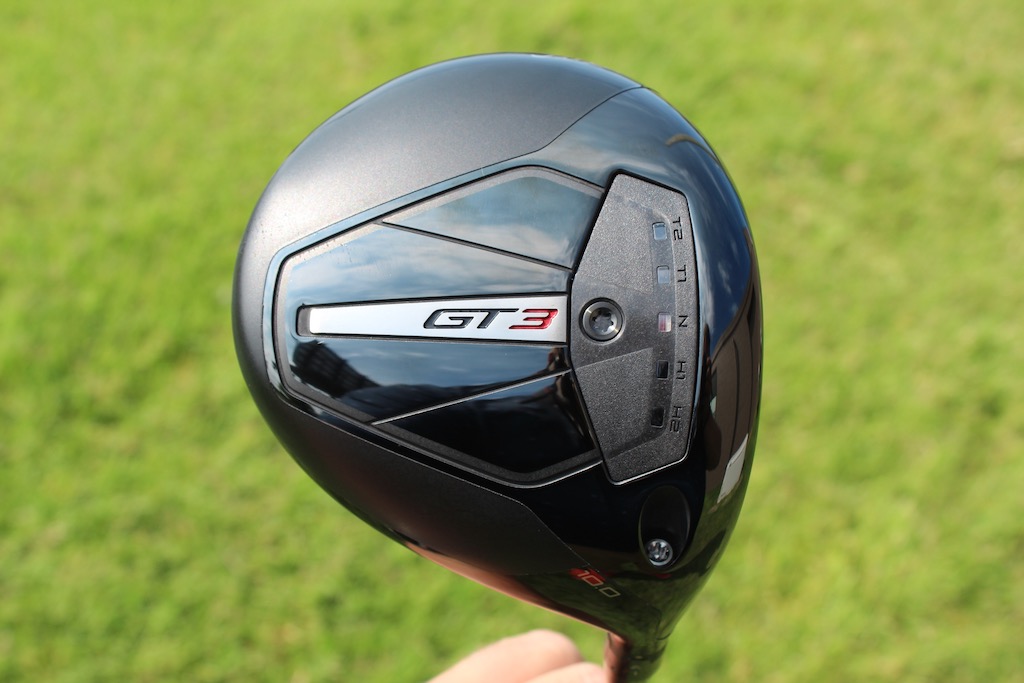
Titleist’s pitch: “The GT3 Driver offers Titleist’s boldest combination of power and personalization through adjustable performance. Dial in the CG Track to your frequent contact location to make your biggest drives even bigger while taking total control over flight and shaping.”
@mrmikeac: “I’ve been Anti-Titleist for years and years and years (outside of Vokey, of course). With that being said, HOLY BEGEEZUS the GT3 driver is an absolute NUCLEAR MONSTER! This thing blew my G430 10K Max out of the water in every single category. Forgiveness is the biggest thing that stands out of me, the 3 model has always been one of the less forgiving models in the past but this GT3 can take bad shot after bad shot and still end up in the fairway, I think a ton of that has to do with the adjustability, it’s actually effective. Feel and sound is perfect, that solid crack is so addicting to hear and when you hit it out the screws this thing can absolutely bomb it. Titleist, I’m sorry for doubting you. You have converted me.”
You can read what other golfers are saying about the driver in the GolfWRX forums, and see our launch piece here. Shop the Titleist GT3 here.
1. Titleist GT2: 22.91%
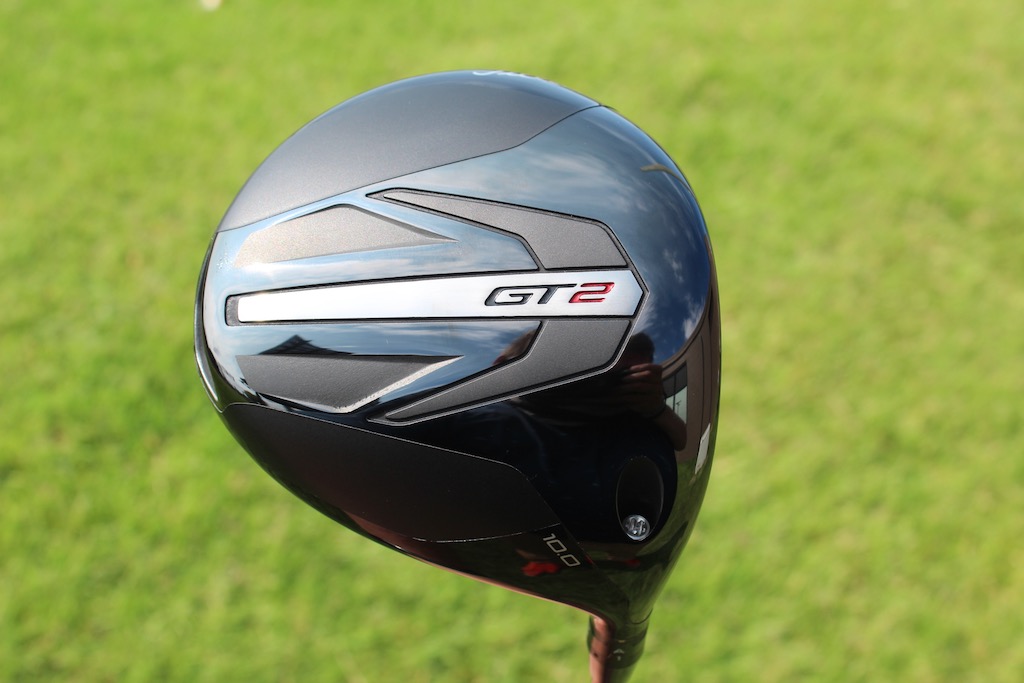
Titleist’s pitch: “Delivering impressive distance from any impact point, the Titleist GT2 Driver extracts maximum performance through a forgiving design. Get the stability and added confidence of a high-MOI driver without sacrificing speed.”
@DTorres: “The Titleist GT2 has proven to be the best driver of the year. Packaged in a classic profile, GT2 perfectly balances performance and forgiveness while consistently being a high performer across all categories.”
You can read what other golfers are saying about the driver in the GolfWRX forums, and see our launch piece here. Shop the Titleist GT2 here.
Other drivers receiving >2% of the vote
| Driver | Vote percentage (%) |
|---|---|
| Cobra DS Adapt Max K | 4.85% |
| Ping G430 Max 10K | 3.85% |
| Callaway Elyte Triple Diamond | 3.68% |
| TaylorMade Qi35 | 3.51% |
| Callaway Elyte | 3.18% |
| Cobra DS Adapt X | 2.34% |
| Cobra DS Adapt LS | 2.17% |
| TaylorMade Qi35 LS | 2.17% |
View this post on Instagram


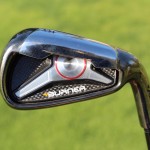
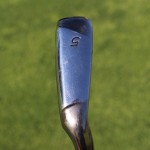
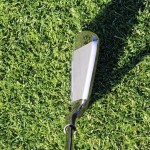

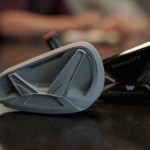
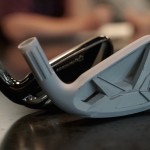
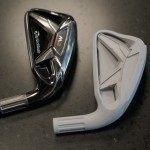
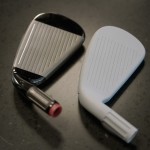
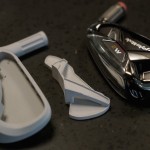
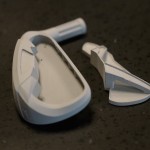


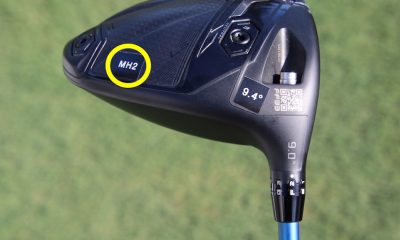



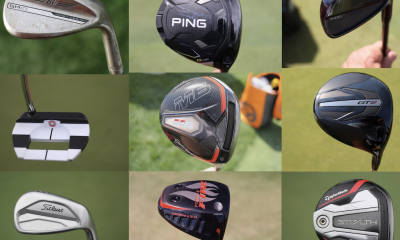

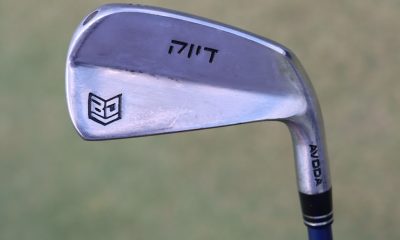

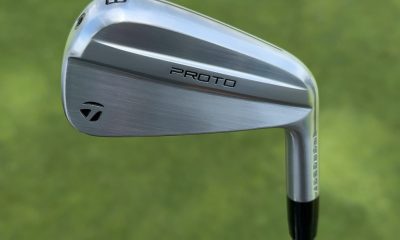

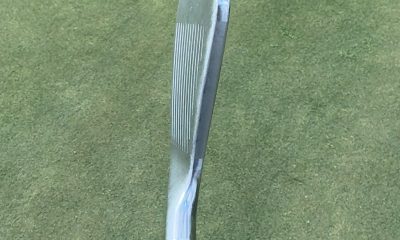









Grizz01
Jun 6, 2016 at 12:51 am
I recently went to the local Golfsmith store. Besides new clubs they do have to ‘used clubs.’ I found an old set from I think it was 2001? I compared the 7 iron of that old set with the 7 iron of these new Taylor mades. Something wasn’t sitting with me. I compared the length and the lofts. Then I went back over and got the old 5 iron and compared it with the Taylor Made 7 Iron. Almost identical in length and loft. It seems like all these company’s are doing is now changing the number imprinted on the golf club. Makes sense that about 10 years ago or so we needed a GAP wedge. Why? because the difference in loft between the SW and the PW became so great that they needed that extra club. Now it’s two clubs difference. I think the best thing that could happen for the consumer is that there become a STANDARD for lofts and lengths through out the industry. But that, won’t help the OME’s sell more clubs.
Chuck D
Apr 29, 2016 at 6:20 am
Sheesh, can someone put a muzzle of shmizzle, he’s driving me nuts with the 65 comments! Let’s rename him Beaver Cleaver!
B Clizzle
Apr 29, 2016 at 1:36 pm
I like it chucky
Smizzle M
Apr 28, 2016 at 5:57 pm
Hey y’all ! Just found this site
Hope everyone’s nice
Love the articles and different opinions
Smizzle M
Apr 28, 2016 at 5:45 pm
Hey everyone!!! It’s my first time commenting here
Hope everyone’s nice 🙂
Great read and I just love all the different opinions
Doofus
Apr 28, 2016 at 2:15 pm
I imagine the design procees to more like
Marketing-oh oh sales are slowing, we need something different to boost them. What can you tech guys come up with that we can make people go oooh and aah over.
Tech-well Wilson did this slot in the sole thing 20yrs ago.
Marketing-make em we’ll sell it as the longest ever
Smizzle M
Apr 28, 2016 at 6:16 pm
frowny face
Who picked the petals from your tulips.
You probably didn’t mean to be so ugly.
Maybe you can ask the people to delete it so you can rewrite it a little nicer
N Snizzle
Apr 28, 2016 at 11:45 am
Great article Zak! I love all the great info and insights into TaylorMade’s process. Keep up the good work!
Marcus
Apr 28, 2016 at 11:44 am
How have we been misinformed? Inform me please
Tom
Apr 28, 2016 at 7:23 pm
Give yourself a chest bump.
gwillis7
Apr 28, 2016 at 7:49 am
When I saw this article I thought two things:
-This was actually be interesting to read
-And I can’t wait to read the comments
Both didn’t disappoint
I’m not a TM hater, come out with all the stuff you want whenever you want. I think it is too much too fast-it’s confusing for the consumer. I am a club ho so I have def tried some TM irons (can’t beat the price on a year old TM iron 🙂 )
But just play what works and what you like.
That being said, would love to try some PXG irons….now if I only had that $$$$
DlMd
Apr 28, 2016 at 1:13 am
Already have my M3
Jack
Apr 28, 2016 at 12:09 am
I really don’t mind these distance irons. I hit it a fair distance. My 7 iron goes 160 on average on a pair of Nakashima NP1s. The problem is consistency and distance with the longer irons. My 4 iron can go anywhere from 180 to 200. It’s very inconsistent since it’s too hard for me to hit for my skill level. On the M2 or the aeroburner irons that I got, it’s much easier. My 6 iron can go 180 easy. It’s not that long and the head is not tiny. Haven’t taken them out on the course yet, but at least on the simulator my shot control is much more consistent for the long irons.
But honestly I think most GI irons nowadays are pretty similar in performance. Just get the ones that suit your eye and feel like you want to feel.
Smizzle M
Apr 28, 2016 at 6:12 pm
Really swell of you to admit you’re bad at something
eva
Apr 27, 2016 at 10:08 pm
love it, keeping coming out with new clubs. haters gonna hate cause they envious. I change my golf clubs like I change my golf shoes. do i need new shoes every year no, but i want people to see I’ve got the new piece.
after trading old set in, upgrading ain’t no thing, especially with the extra 50% trade in they offer these days.
it’s a like fashion statement for me.
Mat
Apr 27, 2016 at 8:12 pm
tl;dr – bend ’em forward 1 more degree.
DB
Apr 27, 2016 at 8:10 pm
Just wait for TaylorMade’s “traditional” irons where they attempt to reset the lofts back to what they were 15 years ago, and then they can restart the loft-jacking process all over again and stay in the business for at least 15 more years. At their rate of release that’s what, like 60 new iron sets they’ll have to “design”. Fortunately, or unfortunately, depending on how you look at it, there are some out there that will buy all 60 sets in their quest for “one more yard”.
Silly game they’re playing with our game.
DlMd
Apr 28, 2016 at 1:11 am
No, that won’t happen, dummy, because you can always only have 14 clubs in the bag no matter what the labels say on your clubs. And you can’t just keep jacking up lofts if the bounce doesn’t work with the loft and the CG locations. Plus, it’s just fun to have new stuff. Why does anybody design anything new anyways, according to what you say. You’re still driving petroleum-powered cars after the hundred plus years, aren’t you? Why don’t you drive a Model T then? Oh yeah. You’ll never make it to your tee time.
Smizzle M
Apr 28, 2016 at 6:19 pm
Hey hey hey
Nsfw with the dummy stuff
Tom
Apr 27, 2016 at 7:49 pm
Well there ya have it. Insight as to how the clubs go from thought process to CAD to 3D printer….approval for manufacturing (small #’s) more testing. Theres a lot of science thats goes into making a successful club design.
Scotty P
Apr 27, 2016 at 4:57 pm
Burner 2.0 & R11 irons were the best. If they can bring back the weight and cone and combine the two I would be all over them! KBS 90 shafts fit most golfers and put a dang premium grip on them. Good to go ! No slot no BS!
Insider
Apr 27, 2016 at 3:01 pm
Funny, all those irons in his office came out that year…
Joey
Apr 27, 2016 at 3:36 pm
lol
Insider
Apr 27, 2016 at 4:09 pm
hahahaha
Insider
Apr 27, 2016 at 3:01 pm
Dear Taylormade,
Slow down.
Sincerely,
Titleist, Callaway, Mizuno, Cleveland, Ping.
n17 IRON COMING OUT NEXT WEEK.
slider
Apr 27, 2016 at 2:43 pm
waiting for the m4 before i upgrade my set hopefully dont have to wait to long
slider
Apr 27, 2016 at 9:48 pm
isnt it a 10 yard increase with each generation?
G.
Apr 27, 2016 at 2:11 pm
I kind of like those things, just keep the shafts.
derek
Apr 27, 2016 at 1:37 pm
Love the drive to make the game easier. The traditionalists might also be the low handicappers. For the average golfer these innovations are game changers for them. Hitting irons long and high make the game fun.
Keep them coming!
SHANK
Apr 27, 2016 at 2:19 pm
do you work for TMAG? Company is for sale, get out while you can.
Johny Thunder
Apr 28, 2016 at 10:36 pm
Ping Eye2, 1982.
brian h
Apr 27, 2016 at 1:19 pm
Ping? Sounds like your a ping nut. Dont be a hater. Try to add value.
DlMd
Apr 28, 2016 at 1:14 am
No we all want you to drown in your mother’s bath
TCJ
Apr 29, 2016 at 3:17 pm
I’m game for a drowning!